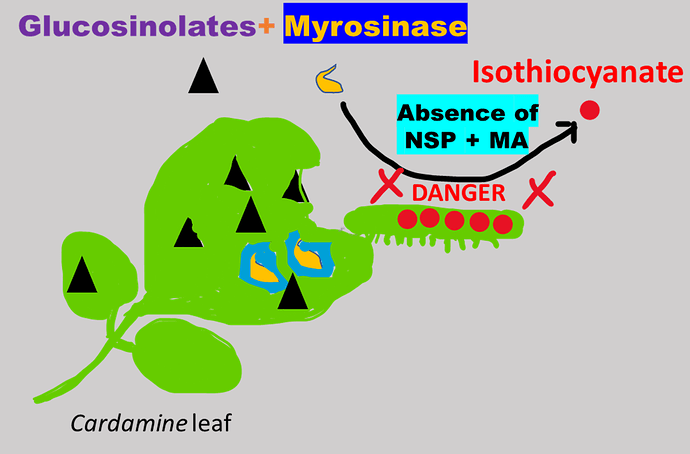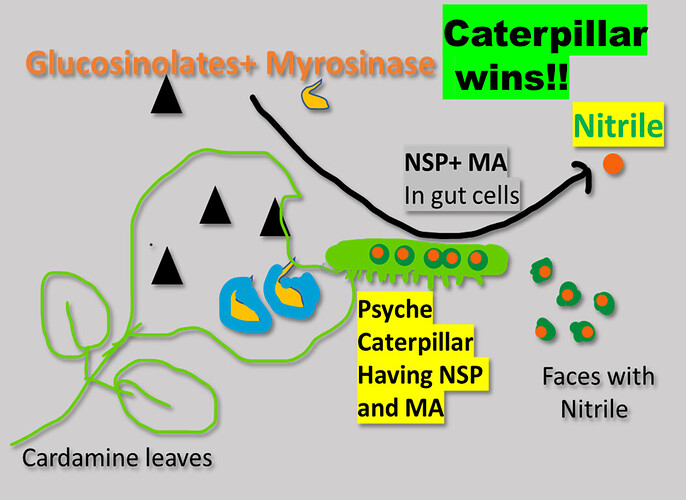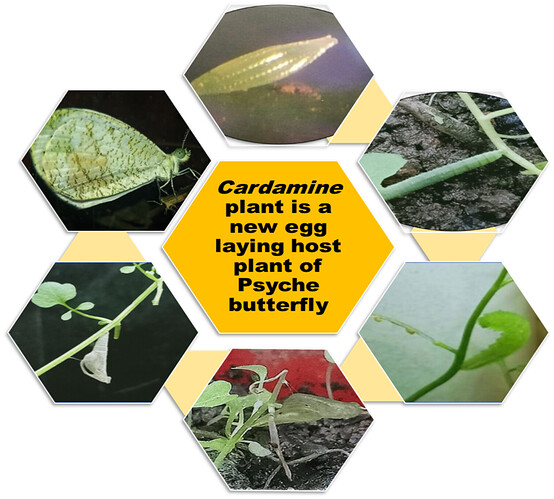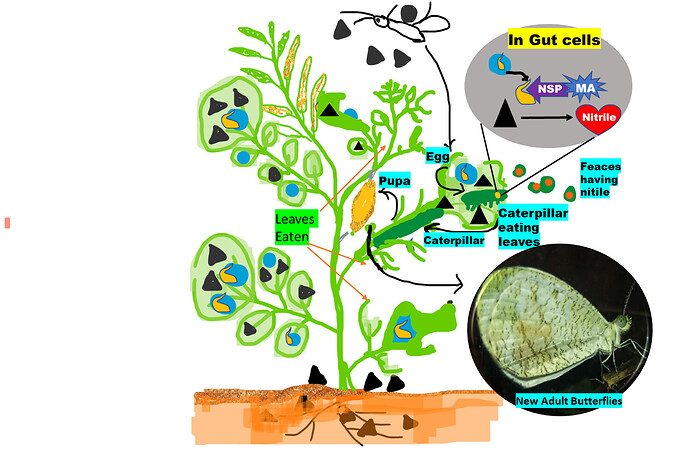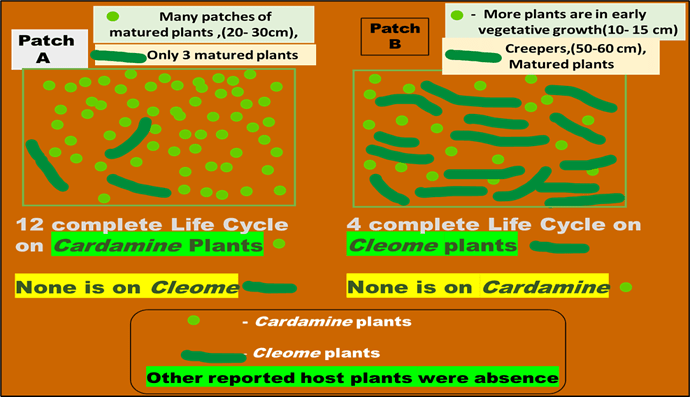Broadening of host plant range by Psyche butterflies (Leptosia nina) through coevolutionary interactions
Sonavane Shraddha V., Yadav Kiran, Pipewala Batul, Joshi Himanshu, Advani Jaikishan, P. Chitralekha, Arunan M.C
Collaboratively Understanding Biology Education, HBCSE, Mumbai & CUBE Kishore Bharati, Mumbai
.
This poster was presented in the 4th International Conference of ISEB at Ahmedabad University, Gujrat.
Introduction
This poster is about coevolution among butterfly and their host plants.Coevolution is when one organism is evolved for something better like plants of Brassicales order.
Most famous and well known plants like Mustard,Cabbage,Raddish are producing Glucosinolates for self defense against herbivores like caterpillars of butterflies.Whereas, Caterpillars are evolved against toxic chemicals produced by plants and get adapted for survival purpose.
Our prelinimary work done in HOME LABs with collaborators from all parts of the India.Speciality of this work is we carried out this study in our own CUBE home lab. CUBE is stands for Collaborative Understanding Biology Education.
This is a life cycle of Psyche butterfly observed on Cardamine plants from different parts of country like Maharashtra, West Bengal etc.
Through reference papers, we found that Cardamine is not mentioned as host plants for Psyche butterfly. Although, we observed entire life cycle of Psyche butterfly on Cardamine plants.
Therefore, with reference papers, We compared similarities between Cardamine plant with other reported host plants of Psyche butterfly like Cleome, Capparis etc. Through reference, we found that all this plants having similar chemicals - Glucosinolates.
According to all observations done for lifecycle of Psyche butterfly on Cardamine plants first time, we CUBist concluding that - Cardamine is a new egg laying host plants for Psyche butterfly.
In this picture, I tried to show diagramatic representations of how Psyche butterfly get attract and due to coevolution, they complete their lifecycle on Cardamine plants.
Below picture is about comaparison between two different patches were located far from each others. Observations of Patch A done in HBCSE Campus whereas, observations of Patch B done in CUBE HOME LAB GARDEN,Panvel.
From preliminary study, Our observations indicated that Psyche butterfly does not exhibit any preference between Cleome and Cardamine plants. On the basis of availability of host plants, Psyche lays eggs on plants which are more abundant. Hence, our preliminary work correlates with Patch Dynamics Hypothesis(Thompson, 1988).
Our findings suggest that the Psyche butterfly has evolved to complete its life cycle on all plants that produce glucosinolates.
Psyche butterflies belong to the Pierinae subfamily.
NSP appears to have evolved via gene duplication and neofunctionalization from a 3-domain MA present only in Pierinae butterflies (Okamura,Yu,2022).
Therefore, all other representatives of Pierinae can be a future pests of plants belongs to Brassicales order which are known to use glucosinolates-myrosinase system of defense.
The well known plants having Glucosinolates are Cabbage, Raddish, Cauliflower,Broccoli,Mustard.If all butterflies of Pierinae became a pets of this plants then it would be very harmful for humans because all this plants are helping humans to reduced the risk of cancer by producing Isothiocyanates when glucosinolates get breakdown. This reactions occurs in mouth, when we eat this plants as vegetables.
